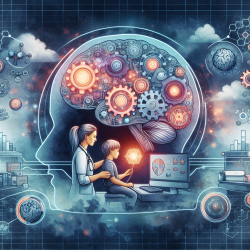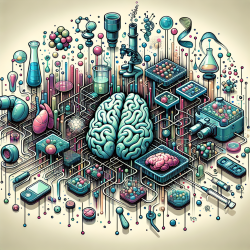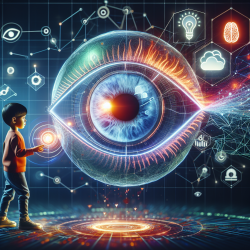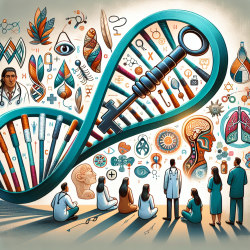Enhancing Working Memory in Children with Schizophrenia: Insights from Recent Research
Schizophrenia, a severe mental illness, affects multiple cognitive domains, with working memory deficits being a prominent feature. Recent research, such as the article "Working memory deficits in children with schizophrenia and its mechanism, susceptibility genes, and improvement: A literature review," provides crucial insights into understanding and addressing these deficits in children.
Understanding Working Memory Deficits
Working memory, a limited capacity system for the short-term storage and manipulation of information, is critical for various cognitive tasks. In children with schizophrenia, working memory deficits manifest early, impacting their academic performance and social interactions. Behavioral studies have consistently shown that these children exhibit slower response times and lower accuracy in tasks requiring visual, auditory, and verbal working memory.
Neuromechanisms and Genetic Susceptibility
Functional magnetic resonance imaging (fMRI) studies have revealed altered engagement of brain regions like the dorsolateral prefrontal cortex (DLPFC) and anterior cingulate cortex (ACC) in children with schizophrenia. These regions are crucial for executive functions, including working memory. Additionally, genetic studies have identified several susceptibility genes, such as ZNF804A and DRD2, which are associated with working memory deficits and altered brain connectivity.
Intervention Strategies
Early intervention is crucial due to the better neural and behavioral plasticity in children. Several therapeutic approaches have shown promise:
- Cognitive Behavioral Therapy (CBT): Proven to alleviate behavioral and emotional disorders, CBT helps improve global functioning and quality of life in adolescents with early-onset schizophrenia.
- Mindfulness-Based Cognitive Therapy for Children (MBCT-C): This approach has shown significant effects in improving cognitive control, emotional regulation, and reducing behavioral symptoms.
- Transcranial Magnetic Stimulation (TMS): TMS has been effective in improving inhibitory and executive functions in children, though more research is needed to confirm its long-term benefits.
- Transcranial Direct Current Stimulation (tDCS): tDCS has shown promise in enhancing working memory and other cognitive functions in children with ADHD, suggesting potential benefits for children with schizophrenia.
Conclusion
Implementing these research findings into practice can significantly enhance the cognitive outcomes for children with schizophrenia. By focusing on early intervention and utilizing a combination of therapeutic approaches, practitioners can help these children achieve better academic and social outcomes.
To read the original research paper, please follow this link: Working memory deficits in children with schizophrenia and its mechanism, susceptibility genes, and improvement: A literature review.










